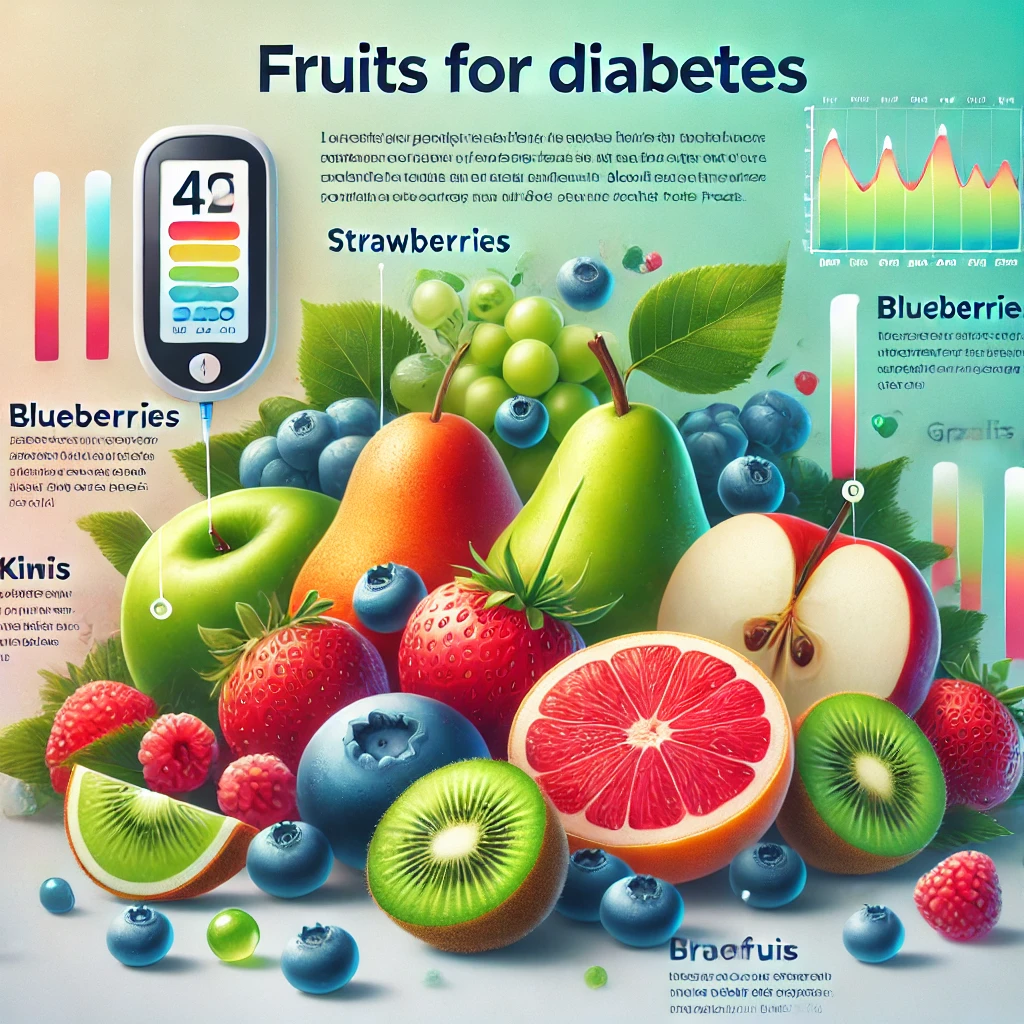A Guide to Fruit Consumption for Diabetics
Fruit consumption for diabetes, Fruits are rich in vitamins, minerals, and fiber, making them an essential part of a healthy diet. However, for diabetics, managing fruit consumption can be tricky due to the natural sugars… A Guide to Fruit Consumption for Diabetics
